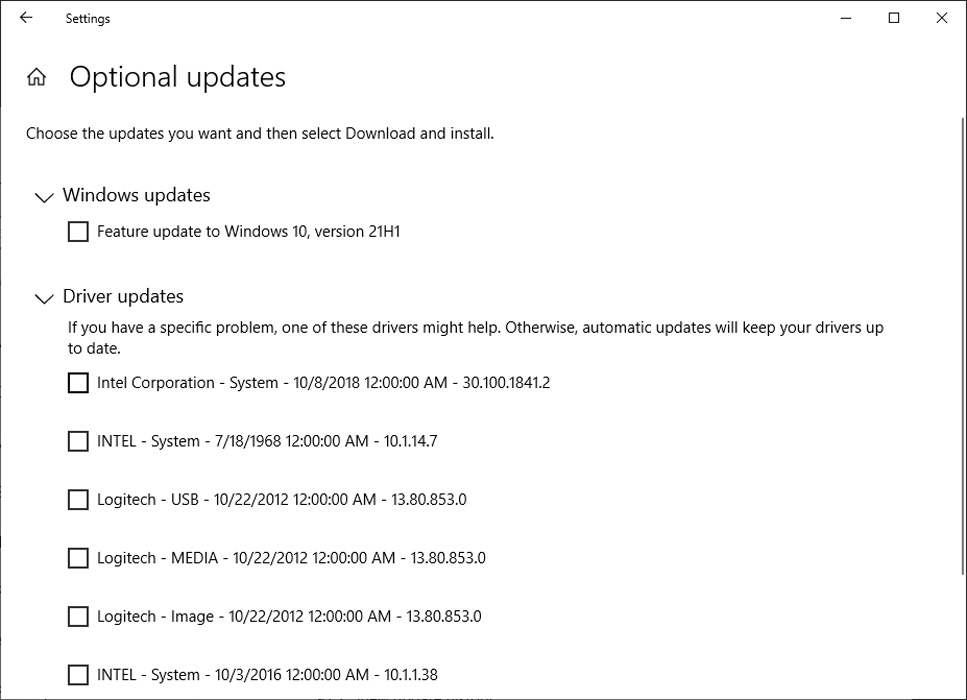Windows update windows 7
Upgrading windows 7 to windows 10
The recommended (and easiest) way to get SP1 is to enable automatic update in Windows Update in the control panel and wait for Windows 7 to notify you that SP1 is ready to install. It will take 30 minutes to install and you will need to restart your computer about halfway through the installation.
To check Windows 7 to see if SP1 is already installed on your computer, select the Start button, right-click on your computer, and then select properties, and if Service Pack 1 appears in the Windows edition, SP1 is already installed on your computer.
You will need to know whether your computer is running a 32-bit (x86) or 64-bit (x64) version of Windows 7. Select the Start button, right-click on Computer and choose Properties. The version of Windows 7 is displayed next to system type.
Some antivirus software may prevent SP1 from installing or slow down the installation. You can temporarily disable the antivirus before installation. If you do so, you should be aware of the risks involved and re-enable the antivirus as soon as SP1 installation is complete.
Windows 7 update
When Microsoft ended support for Windows 7, many users were faced with a choice: to act as if nothing happened, or to upgrade from Windows 7 to Windows 10. There are currently a couple of ways to do this.
Note: until a while ago, upgrading from Windows 7 to Windows 10 could be done for free, but this is no longer possible. However, there are some alternatives that we present in the following guide.
The first step in this process is the purchase of a Windows 10 license. Since Windows 7 users can no longer upgrade to Windows 10 for free, you will need to purchase a Windows 10 product key from Microsoft or any other authorized reseller. You can also try to get Windows 10 for free if you qualify to avoid paying the prices listed below.
Currently, you can purchase Windows 10 Professional for the price of $200 from the Microsoft Store. You can also find Windows 10 Home for a cheaper price of $140. This is a good option if you are budget conscious and don’t need features like Windows Sandbox or Bitlocker.
Download windows 7 iso
There are two types of licenses to activate Windows 10. On the one hand you have the retail license (or RTL), which is the one you buy in physical stores or directly at the Microsoft store. With these RTL licenses you can install Windows on more than one computer, as long as you do not try to use your license key on more than one computer simultaneously.
RTL licenses for the Home version of Windows 10 can be purchased on this page of the Microsoft Store for a price of 135 euros. If you prefer the PRO version, which incorporate for example enterprise features for encryption, remote login, or the creation of virtual machines, you can buy them on this other Microsoft Store page for 279 euros.
Here you should keep one important thing in mind. If you bought a cheap OEM license from an online store you will not be able to upgrade for free anymore, you will only be able to do so in case you have an expensive original license. However, this possibility may also disappear over time, but it’s all a matter of trial and error.
Download windows 7
Microsoft promised in the presentation of Windows 11 free upgrades from Windows 10 and also from older systems such as Windows 7, as long as they meet the minimum hardware requirements, something that will not be easy on older machines.
If the upgrade path from Windows 10 seems straightforward and can be done even from Windows Update when Microsoft offers its rollout in 2022, moving to Windows 7 is not going to be so simple. Although Microsoft has not clarified this, Lenovo’s official Windows 11 support document gives us a hint of what to expect.
The Chinese manufacturer explains that most of its modern computers will be able to upgrade directly to Windows 11, but not those still using Windows 7, which will require clean installations in all cases to move to Windows 11.
This means that data, installed applications and user settings will not be preserved as in a standard upgrade and the installation will have to be done from scratch using the ISOs provided by Microsoft or, if applicable, the images provided by each manufacturer.
Relacionados

Bienvenid@ a mi blog, soy Octavio Pérez Alonso y te ofrezco noticias de actualidad.

Comments are closed